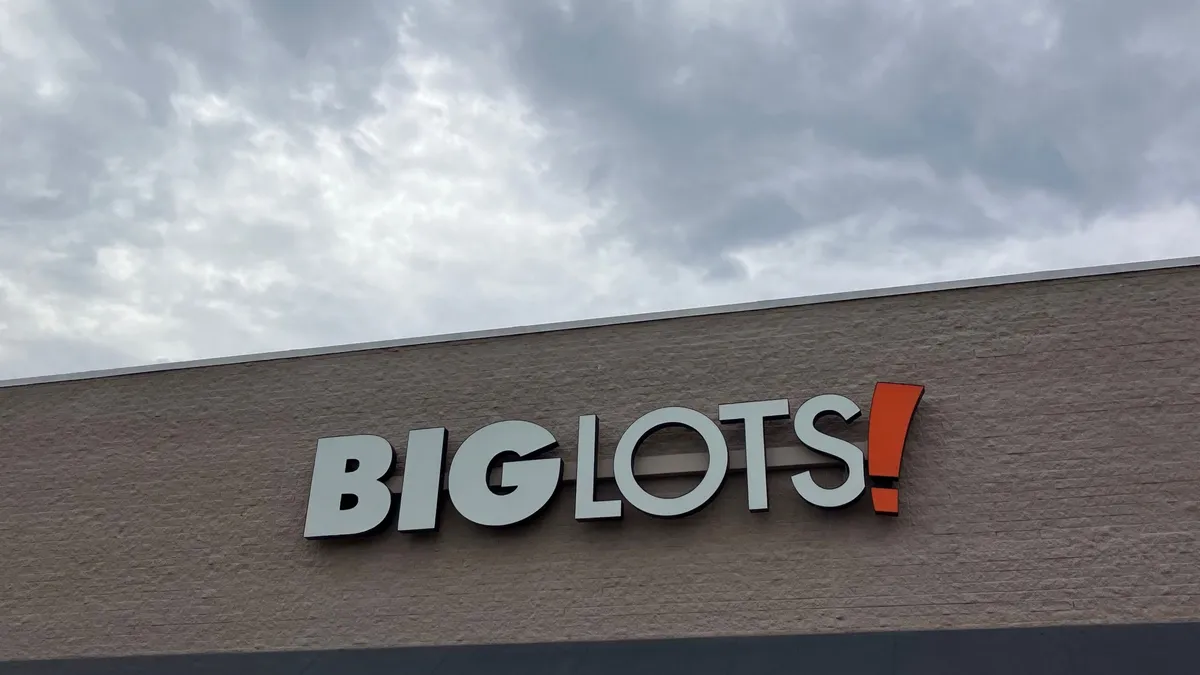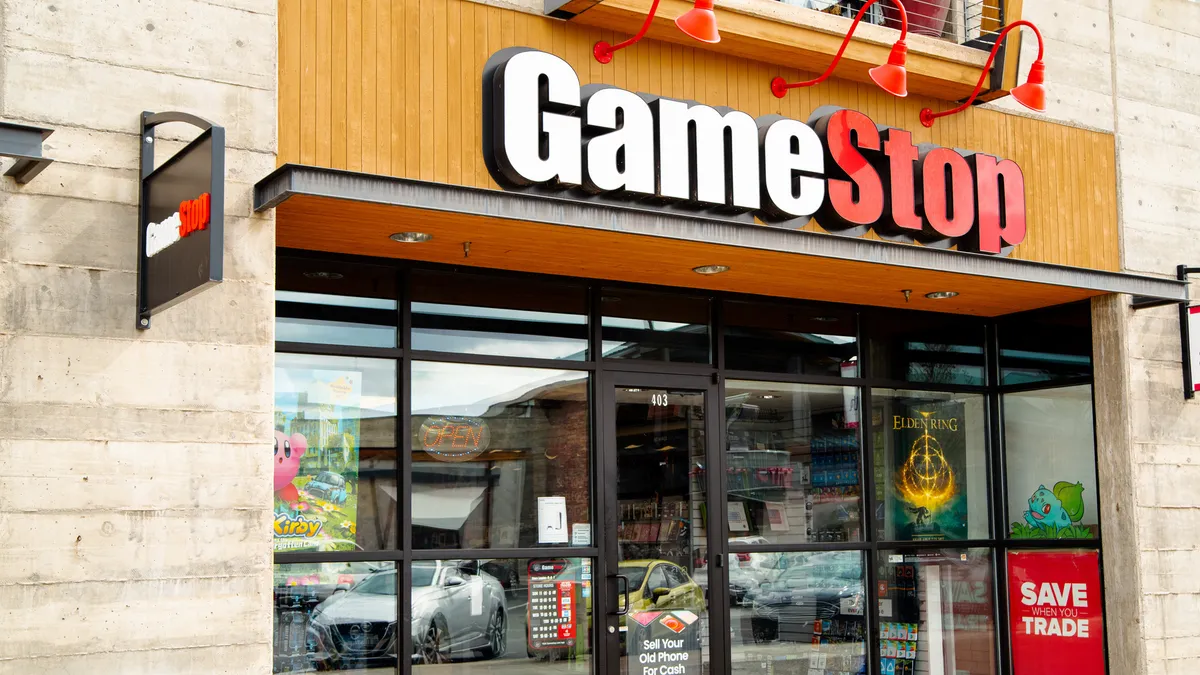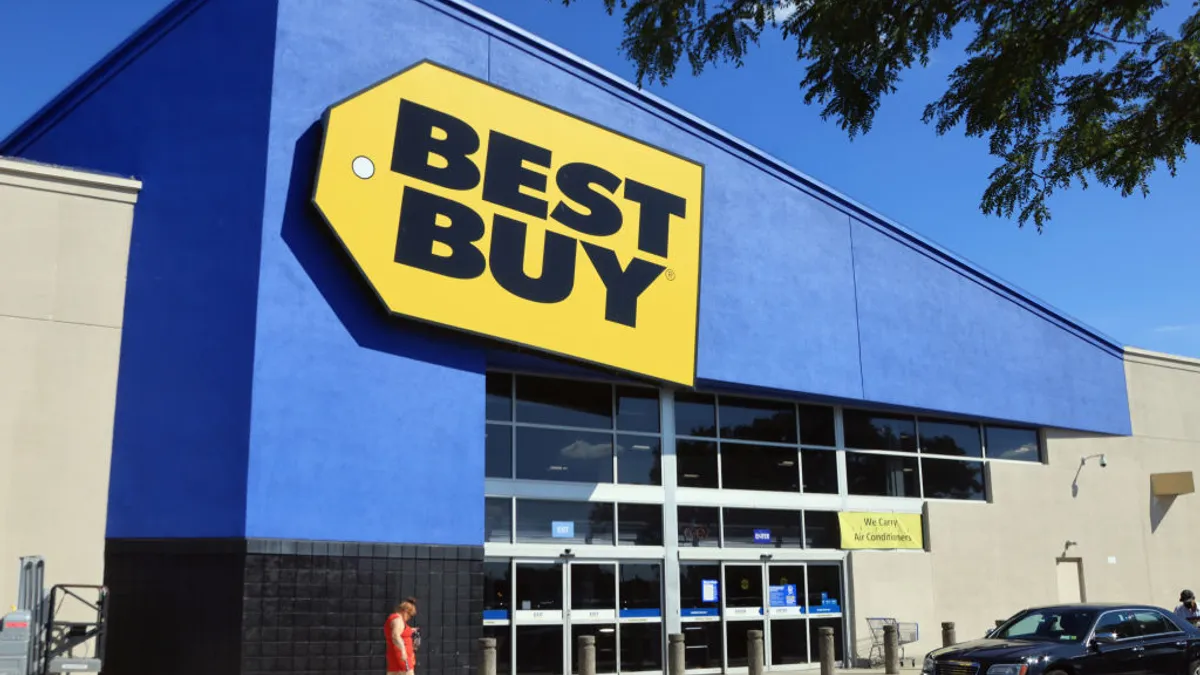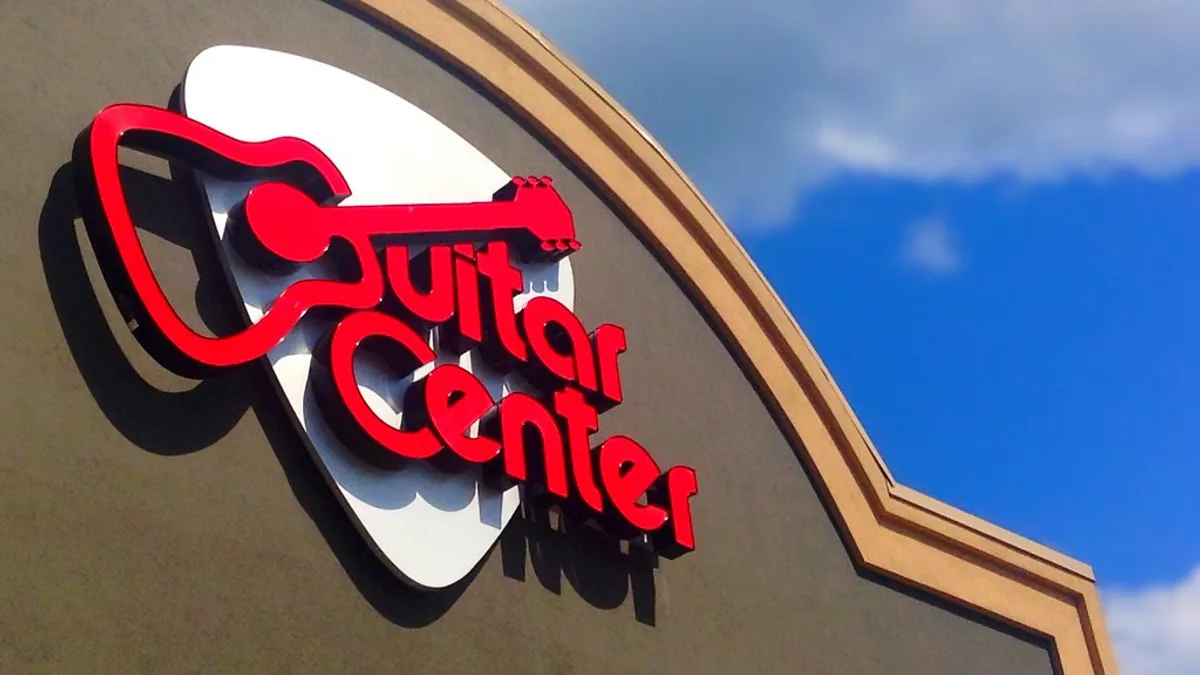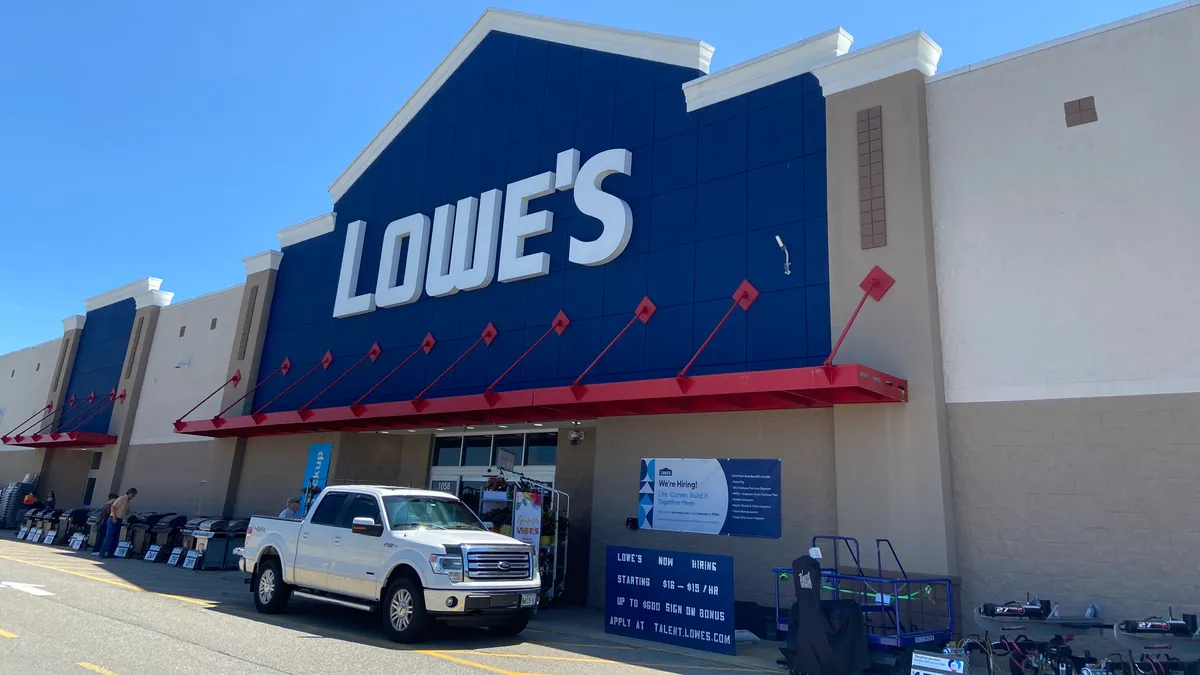For years, American Express used the slogan “membership has its privileges” to imbue its customers with a sense of exclusivity that mitigated some of the added costs of using its card. These days in retail, though, membership is more an inclusive thing—a key retailers use to lock in a customer base.
Here are some of the many ways that is happening.
Loyalty programs
Loyalty programs from department stores, general retail stores like Target, and others have long kept customers coming back with rewards that pile up with every purchase, and special discounts that accrue only for them.
Shoppers haven’t made an investment up front, as with paid membership programs like Amazon Prime, but they’re still more likely to frequent these retailers to collect those rewards. Plus, a customer signing up for a loyalty program is probably already a fan.
These programs do work, especially when their benefits are real. Consumers value points and rewards enough to drive farther and make extra purchases to collect more points, according to a survey last year by loyalty e-commerce company Points.com.
Nearly 70% of those surveyed said they would switch brands to accumulate more points, and 68% said they prefer piling up points through everyday purchases like gas and groceries. 66% said they appreciated points that are rewarded frequently, the research also found.
Flash-sale memberships
Flash-sale sites like Gilt Groupe and Zulily require anyone who’d like to shop on their sites to sign up for free memberships. The approach ensures that the sites can bombard customers with emails advertising flash sales and remind them of items they may have considered without buying.
But the flash-sales approach seems to be faltering for a variety of reasons. One may be a problem of "nothing ventured, nothing gained." Without having invested anything beyond their email addresses and other personal information, it seems there’s little to keep shoppers coming, with some things like, possibly, “email fatigue” to chase them away.
“First, despite the excitement initially generated by the combination of bargain and limited access found on flash-sale sites...consumers actually gravitate toward e-tail because of its flexibility.” writes Vanessa Friedman, in the New York Times.
“Second, the online universe is actually like one giant street, where you only actually need one of each store," she continues. "This is why, despite the many competitors, Net-a-Porter and Yoox still hold such commanding leads in the higher end, and why I think we will see a weeding out of the flash-sale names.”
Paid memberships: shipping & perks
Amazon, with its Prime program, and Shoprunner are two general e-retailers and marketplaces that ask for annual membership fees in return for free two-day shipping and returns. (In Shoprunner’s case, American Express cardholders get free membership, living up to the old AmEx promise.)
Sephora entered the game last week with the announcement that their new $10-a-year Flash membership for the Continental U.S. and Puerto Rico (free to "VIB Rouge" customers, who spend $1,000 and more each year) bestows free two-day shipping on all items with no minimums. That $10 also means shoppers can opt for overnight delivery at $5.95 instead of the usual $16.95. It's a bold move can could capture and keep beauty shoppers who might otherwise spend at Amazon and elsewhere.
Amazon Prime members, which pay $99 each year, enjoy a raft of other privileges, too. They have access to the company’s streaming entertainment and music services and access to its Kindle lending library at no extra charge, for example.
For retailers, the deal is valuable beyond the money those customers pay in membership dues — it means that those customers are more likely to shop at the retailers they’ve already paid into. In piloting its Flash program, Sephora found that customers doubled their spending with membership. Similarly, Amazon Prime members spend $1,500 each year, more than double the $625 non-Prime members spend. Amazon doesn’t release its figures on Prime membership, but Consumer Intelligence Research Partners, LLC (CIRP) in January estimated that the retailer has some 40 million Prime members, bulked up in part by free trial offers over the holidays.
Loyalty to Amazon is also padded by Kindle ownership, the CIRP study found. Some 39% of Amazon’s customers own a Kindle device. That may have been one of the reasons Jeff Bezos tried to wow consumers with a phone, too, something that didn’t quite work out — just 7% of its customers own a Kindle Fire TV box or stick and fewer than 1% own a Fire phone, CIRP has found.
"Similar to Amazon Prime members, Amazon Kindle owners are better customers," CIRP founder and co-partner Mike Levin says. "They also shop more frequently, and also buy more expensive items on average. It is too early to measure the purchasing propensity of Amazon Fire TV owners, and at this point there are far too few Amazon Fire phone owners to matter.”
Paid memberships: sole revenue
For Costco and soon-to-launch Jet.com, the game is the membership. Costco makes most of its money on its membership dues and says it's adamant about keeping prices down.
The retailer doesn’t mark anything up more than 15% (well below the typical 25% at grocery stores and 50% at department stores). Its $55 annual membership fee enjoys a 90% renewal rate. Its warehouses are kept low-key and it offers items in just one, usually huge, size. And despite its lean margins, the retailer is also known for its superior wages, benefits, and working conditions for its employees.
Incoming online retailer Jet is on the record in taking a page from Costco’s approach, saying it will best its competitors on price and make its money just on its membership fees.
Jet CRO Scott Hilton told Retail Dive that, in fact, the e-retailer will have even more items for customers to choose from than Costco. Shoppers will recoup their $50 annual fee almost immediately, Hilton says, thanks to the company’s focus on creating ways for them to choose savings.
“We have a unique tech angle—live dynamic pricing and repricing,” Hilton says. “There are options that steer shoppers to more economically efficient orders. Jet members will be able to pay more to speed up shipping or waive the right to return to save money.”
And saving money, or the overall value of paid memberships, is what will keep customers paying the annual fee. For Amazon, its perks may smooth over the reality that its prices are no longer always the lowest, and that its annual fee is the highest. But for Costco and Jet, prices—and value—will likely always matter most, something Costco CFO Richard Galanti freely acknowledges.
“We’re going to do what’s right each day on pricing, irrespective of how it’s going to be on margins that day,” Galanti said on a conference call in March.
Memberships in general, but paid memberships especially, lock in customers and make it easier for retailers to conserve resources—revenue streams can be more dependable, sales are more often (or solely) coming from repeat customers, and loyalty comes from the customer’s own investment in the brand. The work for retailers is to keep any membership program valuable to consumers, or consumers will surely bust themselves out.





